The Day(s) the Earth Stood Still

“Your problem is not technology, the problem is you,” says Klaatu in the 2008 remake of The Day the Earth Stood Still.
I recently went to visit a friend of mine from high school, who now lives in Greenville, South Carolina. While we were hanging out and talking about science fiction (as per usual), he mentioned the movie The Day the Earth Stood Still—the 1951 classic—but was quick to add, “I’m not a hater of the remake.”
This is not the most popular opinion—but it’s one I share too. I, also, rather like the remake.
It doesn’t quite equal the original in grandeur, but it does do something that remakes often struggle to do: revise and revisit a famous predecessor and do something new with it.
The main change, beyond simply time period, is which of humanity’s technological sins it focuses on. While the 2008 version has a similar structure, it orients its sermonic indignation on our mistreatment of the earth and animals, rather than on our proclivity for (nuclear) war as the original did.
Out with the New
What is most intriguing, from a religious perspective, is that while the original was almost a verbatim allegory for the story of Christ in the Gospels, the remake forsakes the original’s New Testament imagery and instead reframes the narrative in a manner more befitting the Old Testament—with a lone prophet appearing as a voice in the wilderness, demanding repentance and then when he does not get it, unleashing a pestilence upon the land so devastating that all of humanity will be crushed by it.
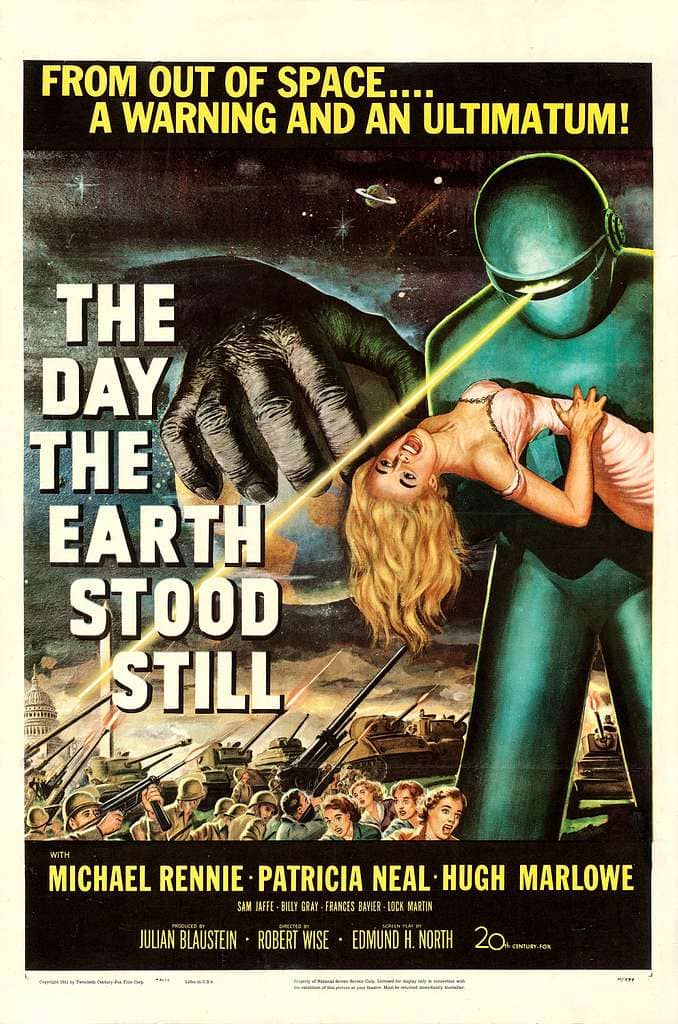
The original movie opens with a spaceship descending on Washington D.C. and causing widespread panic.
Soldiers array in formation around the mysterious saucer, waiting until a helmeted figure appears with a strange device. The figure walks towards them and the device activates. Panicked, a soldier shoots him and he falls to the ground. A hulking robot then appears behind him and disintegrates all the weapons in the area to prevent further violence. The figure on the ground slowly gets up, wounded and bleeding, and mutters with irritation, “It was a gift for your president—with this he could’ve studied life on other planets.”
And so the movie’s main theme is announced—humanity’s warlike nature, our impulsive “shoot first, ask questions later” demeanor, is a threat to galactic stability. The alien, Klaatu (played by Michael Rennie), is then taken to Walter Reed hospital, where he heals and then requests to meet with the leaders of the world. “I’m afraid that would be a little awkward,” an American government official obtusely says, “it would be quite unprecedented.”
It is the height of the Cold War, and getting the USA and USSR in the same room together is too difficult, too unprecedented for anything to change that. Even the arrival of a being from another planet couldn’t get them to the table—unprecedented indeed.
“I am not concerned with the internal affairs of your planet—my mission here is not to solve your petty squabbles,” says Klaatu. His message is too important to be derailed by the absurd political situation the humans mistakenly believe to be of utmost significance. Instead, Klaatu escapes from the hospital to study the humans on his own.
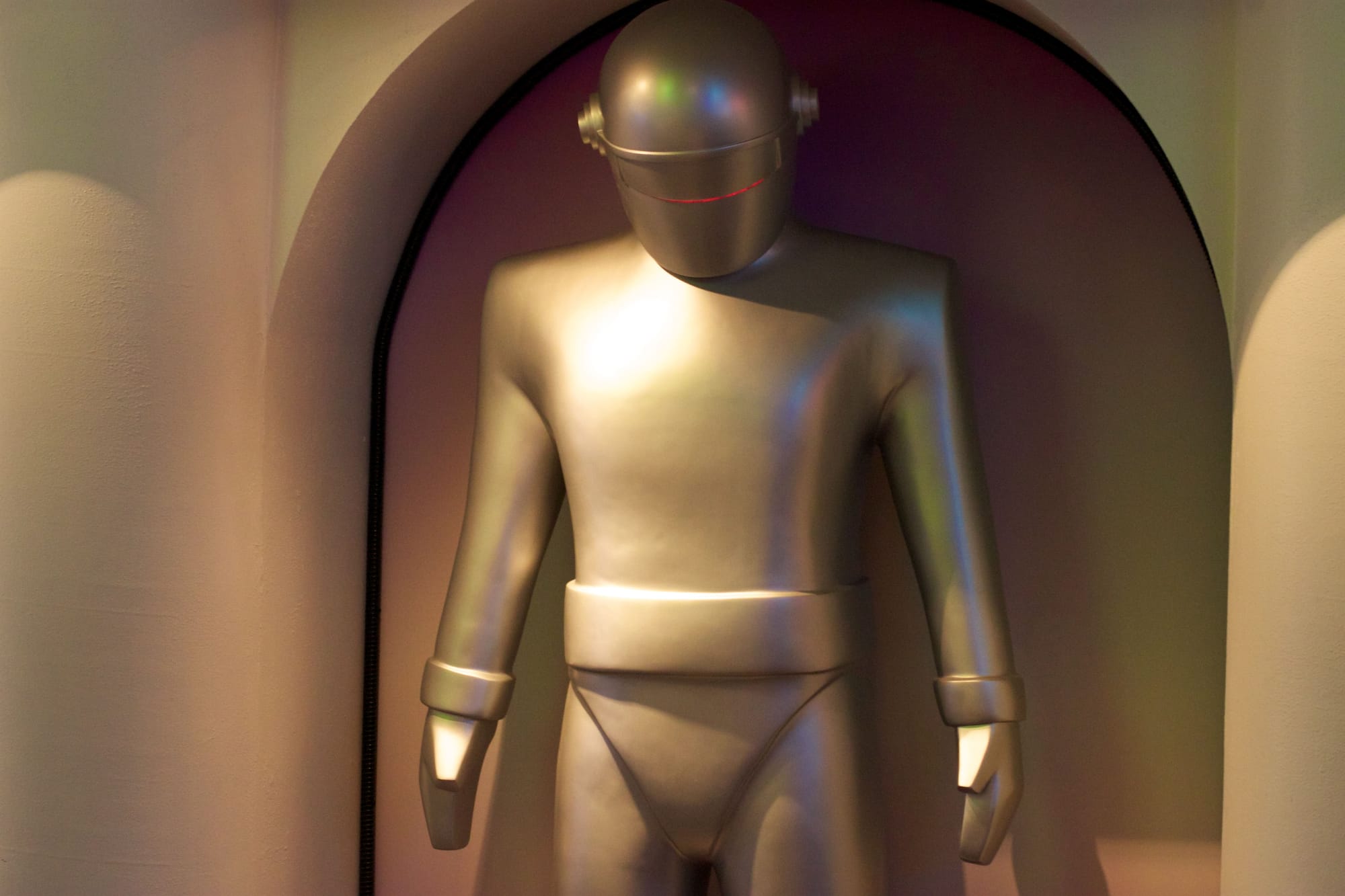
The writers of the 1951 film stopped just short of naming Klaatu Jesus.
He adopts the alias “Carpenter” while he explores Washington D.C. and learns about humanity. He is more comfortable around women and children, and they are the ones who are most receptive to his message. Helen, played by Patricia Neal, wants proof from Klaatu about who he is, and so he gives her a miraculous sign—shutting down electricity around the world to demonstrate his messianic abilities.
But Klaatu is betrayed by Tom—the Judas character—who thinks he can get wealthy by turning him in to the authorities. Klaatu attempts to escape, but he is gunned down by soldiers and killed.
Helen goes to Gort—the all-powerful robot, similar in pronunciation to Gott, German for God—and says to him the last words Klaatu uttered, which causes the robot to spring into action and revive Klaatu.
He cannot tarry long, Klaatu says, and so he gathers up the scientists of the world who would hear his message, threatens that the Earth must come to grips with its warlike tendencies and submit to Gort’s will, or face the consequences. He then ascends into heaven, presumably to the right hand of the Father.
In with the Old
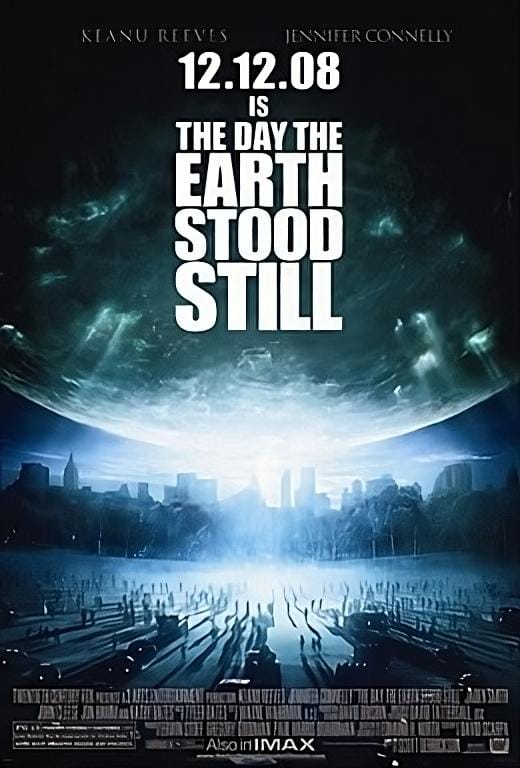
The 2008 remake keeps the identifiable plot points similar, but takes a different route concerning the biblical imagery and the reason for Klaatu’s appearance.
This time, Klaatu (played by Keanu Reeves) is more alien, a distant and disinterested prophet appearing from nowhere to condemn the actions of humanity.
He lands on earth and is shot, like the original, before being taken to the hospital (human aggression remains a constant). At the hospital, like in the original, he demands an audience with the world’s leaders, and when he doesn’t get it, breaks out of his containment.
But this Klaatu bears little similarity to Jesus—he is more aggressive, and he is not above violence. He incapacitates those in his way, he kills a policeman who tries to arrest him (but then brings him back to life). His message gone unheeded, he simply allows GORT (now, not an individual, godlike robot, but an acronym for Genetically Organized Robotic Life—a somewhat reductive way to understand the role of the original Gort as a stand-in for God) to unleash destruction on the earth, wiping out humanity.
Klaatu’s motivation in the remake is environmental. Nuclear war is no longer the main focus.
He is not a friend or a savior to humanity—“I came to save the earth,” he says. An ambiguity that the characters do not understand until it is too late: he means to save the earth from humanity.
The president did not meet with him, and that is enough justification. The US Government notices that Klaatu’s ship has been absconding with animal life, functioning as an ark. “What comes next?” asks one of the agents, to which the secretary of state says, “The flood.”
This Old Testament imagery of the ark and the flood is quite a bit different from the Gospel narrative of the original film (and it was perhaps inspired by the iconic video game Halo, a poster of which is seen in the movie’s beginning).
With destruction as his aim, GORT transforms into a horde of robotic locusts—scattering across the earth in a terrifying cloud, obliterating everything in their wake. Like the prophet says in Joel, this plague of locusts is unstoppable—“A nation has invaded my land, a mighty army without number” (Joel 1:6). The locusts leave nothing. Only at the end, persuaded that humanity might be able to change after all, Klaatu brings GORT under control and saves humanity from certain destruction.
Good, But Not a Classic
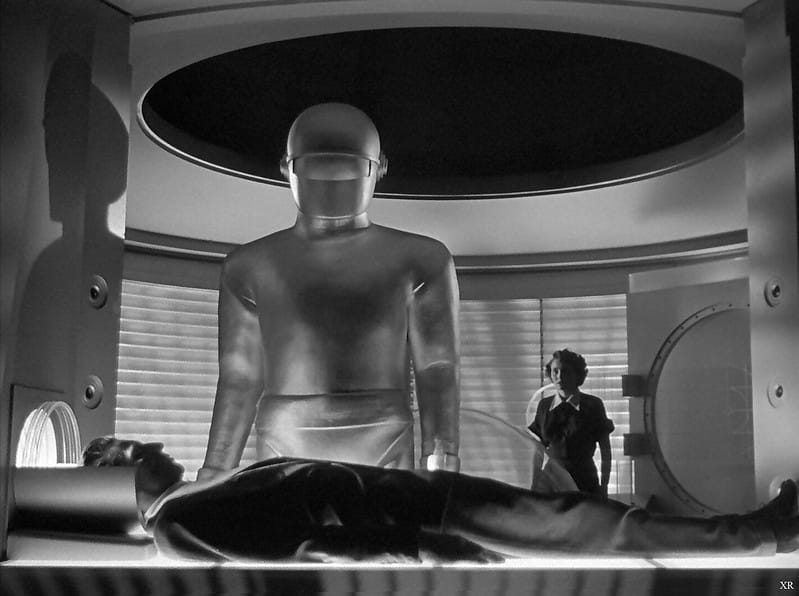
The remake is definitely not a bad film, but it does not quite rise to the heights of the original, and it suffers from an identity crisis concerning the contradiction between its religious imagery and the plot of the older movie.
While Klaatu (the Keanu version) condemns humanity for its warlike nature and for acting first with violence, he does the very same thing. He has a message, he cannot give it the way he intends, and so he commences with violence. He will destroy the earth without ever really explaining why. The civilization he represents is just like earth—they’re going to shoot first and pick up the pieces later. This inner contradiction causes the movie’s message to fall a bit flat.
In the original, Klaatu readily admits that the civilization he represents is not perfect. Rather, he says, they have learned to contain violence by submitting to Gort, and the consequences of defying him are “too dire” to consider.
In the remake, Klaatu’s role as a prophet is undercut by his actions. A prophet must stand outside of society, must represent a higher power or calling or morality that takes offense at the grotesque evil that humanity exhibits. Instead, he is simply a part of the same system that the earth finds itself trapped in.
This may be, after all, why the original film went with Christ as a type, rather than Amos or Ezekiel. Only someone fundamentally Other, someone truly alien, could bear the moral burden of Klaatu’s message. In which case, Klaatu’s message resonates, and the power behind it is all the more fearsome.
Despite that, however, there is some genuine pathos in the remake, and a few standout scenes that still stick years later. In particular, there is a meeting with Klaatu and another alien-in-disguise (played by James Hong) where they talk about the difficulty of human life and why Hong cannot ultimately abandon us, despite our failings (unfortunately it is a bit marred by McDonald’s product placement and Keanu attempting to speak Mandarin).
The Nature of a Remake
Remakes have always been around, but they are seemingly the dominant form of media at the moment. Just look at the biggest releases in February 2024: Dune Part 2 (both a book adaptation and the second translation of Dune to the silver screen), Shogun (also a book adaptation, and the second translation of Shogun into a TV miniseries), and Final Fantasy VII: Rebirth (the second installment of the ongoing trilogy remake of the original 1997 Final Fantasy VII).
Remakes and re-adaptations are not bad in and of themselves, though one wonders at times if it testifies to a certain lack of creativity or even fear on the industry’s part. That is, they are usually a safer bet than an original IP because name recognition will increase sales.
I haven’t gotten to Final Fantasy VII: Rebirth yet, but I did appreciate the way the first third of the remake trilogy (which came out in 2020) approached the reproduction of a classic. Through its narrative, it suggested that the original’s story was a kind of deterministic pathway, one which the characters in the remake could try (but would probably fail) to resist. In one rather surprising scene, a major character dies only to be resurrected because his death did not fit with the original’s plot.
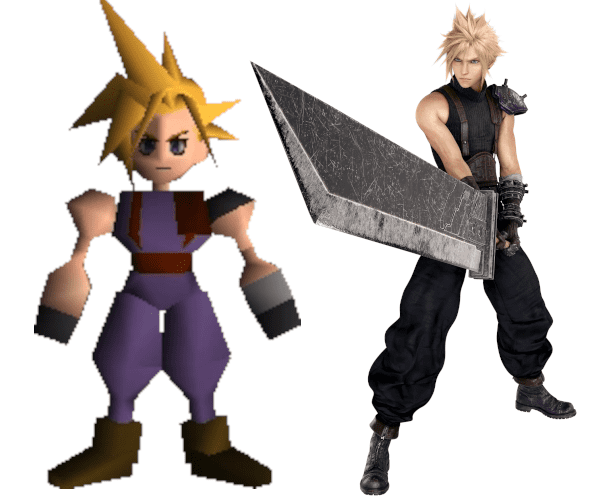
That kind of meta-analysis is suggestive when you consider what a remake is and is not supposed to be. Must all remakes be slavish adaptations of their source material? Is it always a betrayal if they change anything? Can a remake ever be better? (It seems so, in Dune’s case, at least).
It is for this reason that I appreciate the 2008 version of The Day the Earth Stood Still. While it’s not as good a film as the original, it should be praised for not just resting on its laurels and phoning in a simplistic reduplication of the story. A remake can be an original contribution, and in its best forms a remake will wrestle with not only the thematic questions raised by its predecessor, but also with extra-textual problems like cultural change and the passage of time.
It has its problems, but I do hope that all such remakes have the same sort of courage that The Day the Earth Stood Still did. And, of course, both movies have messages that are unfortunately still timely: technological devastation, nuclear war, climate change—all of these things are still problems, both in the 1950s and in the present.





Member discussion